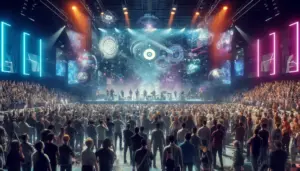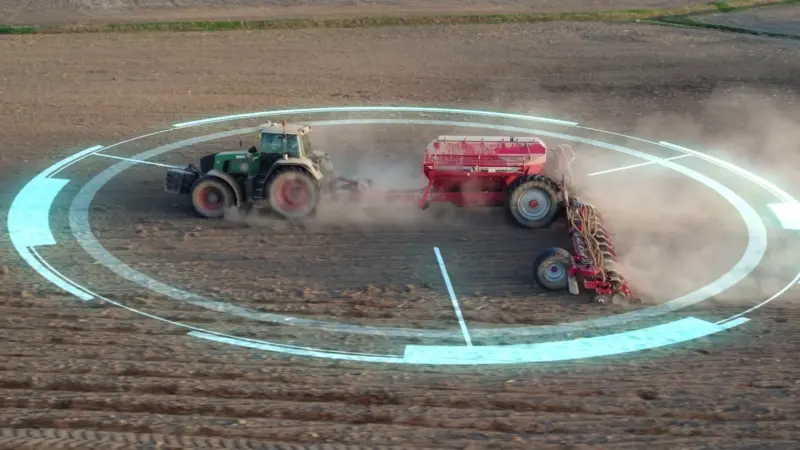Fiber Optics in Avionics: Why It’s the New Go-To for Aircraft Design
Fiber optic cabling is utilized in a wide variety of applications. Because of its versatility, lightweight, and ability to transfer large amounts of data with speed, fiber optics have become a valuable resource in the avionics industry. After all, modern aircraft rely heavily on connected communications. Most manual systems have now been replaced with embedded computers as well as sophisticated sensors to control the flight systems.
Connectivity for Passengers, Too
In addition to all that processed information from the flight deck, passenger amenities like in-flight Wi-Fi and entertainment also depend on connectivity. The need for high speed in all these areas of avionics makes fiber optics a new necessity in the industry. Higher processing speeds foster faster connections and support more powerful computers.
Fiber Optics Reduces Weight, Saving Fuel
What makes fiber optics unique is that it fits within the SWaP (size, weight, and power consumption) approach. Aircraft engineers are always looking to create better fuel efficiency and lower operating costs. Less weight in any part of the aircraft helps achieve this goal. This may be the single most important aspect of why designers are shifting toward the use of fiber optics. It has other benefits as well.
Fiber Optics Displaces Copper in Many Situations
Aircraft designers are tapping fiber optics, which has in the past been parallel to copper cables, as its go-to. It’s technologically and economically an ideal fit. Fiber optic cable has cemented its place in avionics with its smaller size and weight, EMI immunity, and longer transmission distances. Let’s look at these benefits more closely:
- Smaller and lighter: compared to copper, fiber optics can cut weight by 50% and space savings by 25%. Consider this: a Boeing 737 has 40 miles of wiring. Any opportunity to reduce weight and space is appreciated.
- EMI invulnerability: Fiber optics also have an edge because they are impervious to electrical noise, whereas copper must be shielded. Even then, strong EM fields can penetrate shielding.
- Longer distances: The space between interconnects aren’t very far in an aircraft; however, the longer, the better. Fiber optics do this better without degrading the connection.
In commercial airplane cabins, copper wiring adds weight to each seat for connection. Fiber optics cable changes all that. It can run directly from the server to the screen. In addition to lightening the seat weight, fiber optic cabling offers greater bandwidth with multimode factors delivering at speeds of greater than 10 GB/s.
While fiber optics may not completely replace copper wiring in the immediate future, the need for copper has become less and less, saving weight, space, and dollars.
In the art of fiber optics, avionics is certainly an industry with potential. The unique properties of fiber optics make it perfect for delivering communications throughout a commercial airplane. Fiberguide provides high-quality fiber optics that can both withstand the changing environment of air transport and deliver connectivity. Learn more about what we offer by browsing our fiber optics products.
Read more at fiberguide.com








